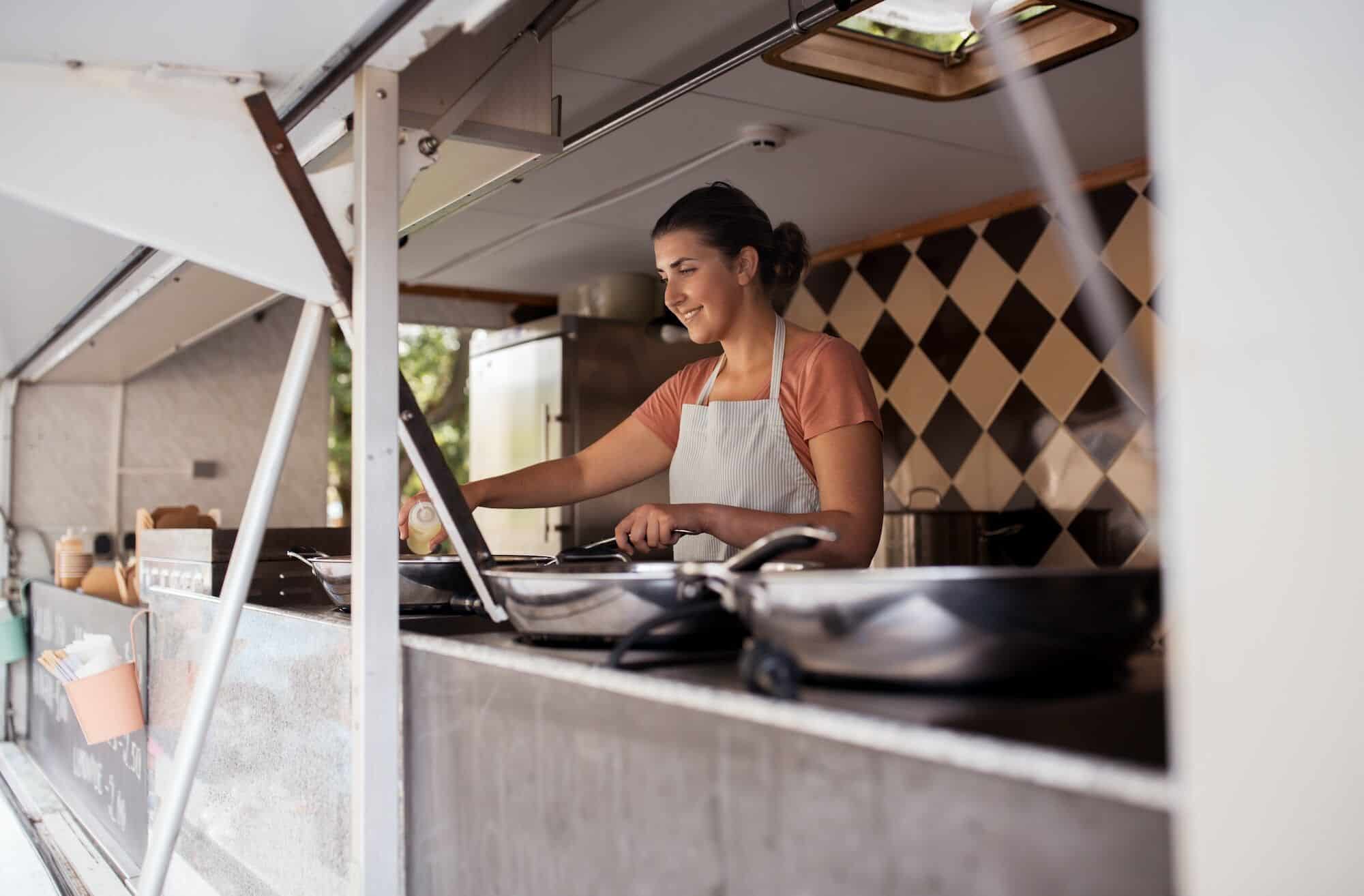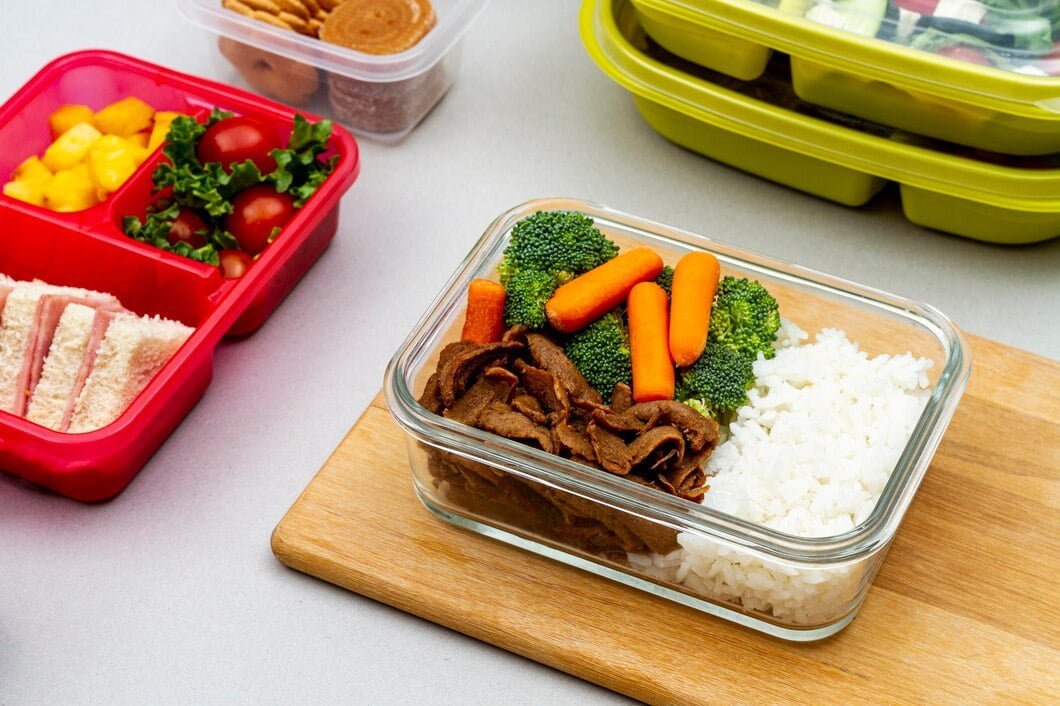Food Truck Advertising: 10 Excellent Ideas To Promote Your Business

Starting a food truck business can be a great way to make money. But how do you get your food truck into events? Events are the perfect place to showcase your food truck’s delicious treats and meals.
You can get your food truck into events and make serious profits with the right advertising, marketing, and promotional strategies.
In this article by Pearl Lemon, we will discuss ten excellent ideas to advertise your food truck, the ideal market for a food truck, how to market a food truck, Wi-Fi marketing, social media presence, influencers, website building, location-based marketing, contests and events, and finally consider delivery services.
So buckle up, and let’s take off on this journey of success!
The Ideal Market For A Food Truck.
Before we fully get into how to promote the food truck business, it’s vital to understand the demographic that is most commonly drawn to them. According to studies, those aged 18-34 are the most likely to order from food trucks.
A successful food truck marketing plan will therefore concentrate on converting the food truck into a whole experience, and food truck promotions will leverage technology where it is practical. All marketing and branding should start by attracting millennials and Gen Z.
It’s also crucial to remember that obtaining repeat business is typically the toughest marketing obstacle you’ll encounter. Any attempt to maintain this customer base’s loyalty will ensure success against the competition.
How To Market A Food Truck?

Creating a strong brand is the first essential component of food truck marketing. Other food truck campaigns won’t be as successful without it.
Determine, first and foremost, whatever food varieties you will serve.
Offering a few standbys while varying other menu items is what we advise. More than 34% of food trucks experiment with their menus, and offering a range of promos might be a terrific way to draw in new consumers.
From this point on, you can develop a compelling visual concept for your brand. Start with a cost-effective strategy to distinguish your food truck from the competition, and make sure you hire a graphic designer. Your packaging and even your car itself are marketing opportunities.
Elevate Your Social Media Presence.
You should use social media if your target audience does. It’s a terrific idea to start by setting up a food truck page on Instagram, and it doesn’t have to take a lot of work. Try to post three to five times each week, focusing on eye-catching captions and excellent, straightforward, and basic photos. Include appropriate hashtags as well.
Make Use Of Influencers.
Use influencers to advance your social media strategy. If you don’t know anyone with a sizable social media following, check location-based hashtags on Facebook or Instagram to identify local influencers and food bloggers to connect with.
Influencers can play a big role in food truck advertisements. If you decide to use paid advertising, it’s important to use pictures and concepts that will catch people’s attention; using a well-known person is a wonderful method to do this.
Build A Website.
An effective food truck marketing strategy must include a website, even though it doesn’t have to be elaborate or fancy.
With the help of professionals or a simple website builder like Squarespace, create a mobile-friendly website. Post your menus online and write a few blog entries with relevant keywords centred on the products you sell and the area where you serve. This is the cornerstone of a solid SEO strategy and will make it easier for buyers to locate you online.
Utilise Location-Based Marketing.
After your website is up and running, utilise location-based marketing. This will simplify it for locals to find your business and encourage visitors from out of town to stop by.
Hold Contests And Events.
You don’t need a large budget to organise an event that attracts attention. Let people know that you’ll be making something special for a game night or have a contest to see who can consume the most of a particular meal. Enjoy yourself and be inventive!
Get Involved With Events.
Although approaching festivals can be intimidating, it’s a terrific opportunity to promote your food truck. Consider positioning your website to draw in this possibility by keeping it commercial. Visit farmer’s markets and festivals with food and beer. Investigating outdoor movie theatres and unique local events is also a good idea.
Consider Food Delivery.
If you start a meal delivery business, you won’t have to wait for clients to come to you. When the food truck is idle, you can collect orders to ship out if your website and social media platforms are strong.
Go Back To Basics With Print Ads.
It’s a fantastic idea to remember that food truck advertisements don’t necessarily require technology to be effective in all of this! Print some professional-looking, branded flyers, and distribute them to nearby establishments.
Conclusion
Communities benefit greatly from food trucks. They promote community building by bringing customers out onto the streets. Food trucks utilise public space, provide tax money to the community, and promote entrepreneurship, tourism, and job growth. Now, you know what you need to get your food truck at different events!
FAQs
How do I become a food truck vendor at local events?
You’ll need a vendor’s license or food handler’s permit to sell food and drinks at fairs and festivals. Fortunately, restaurants participating in minimal events can typically obtain a temporary permit allowing vending privileges for around 24-48 hours.
How many items should be on a food truck?
A good rule of thumb is that most food trucks can handle five to 12 different menu items at any given time. The fewer, the better to keep your quality top-notch. Second, you want to make sure your menu is easy to prepare.
Who is the target audience for a food truck?
Middle-class millennials are the target audience for food truck businesses. 43% of monthly food truck spending is attributed to people between the ages of 25 and 44, and an additional 20% is attributed to people under 25.








